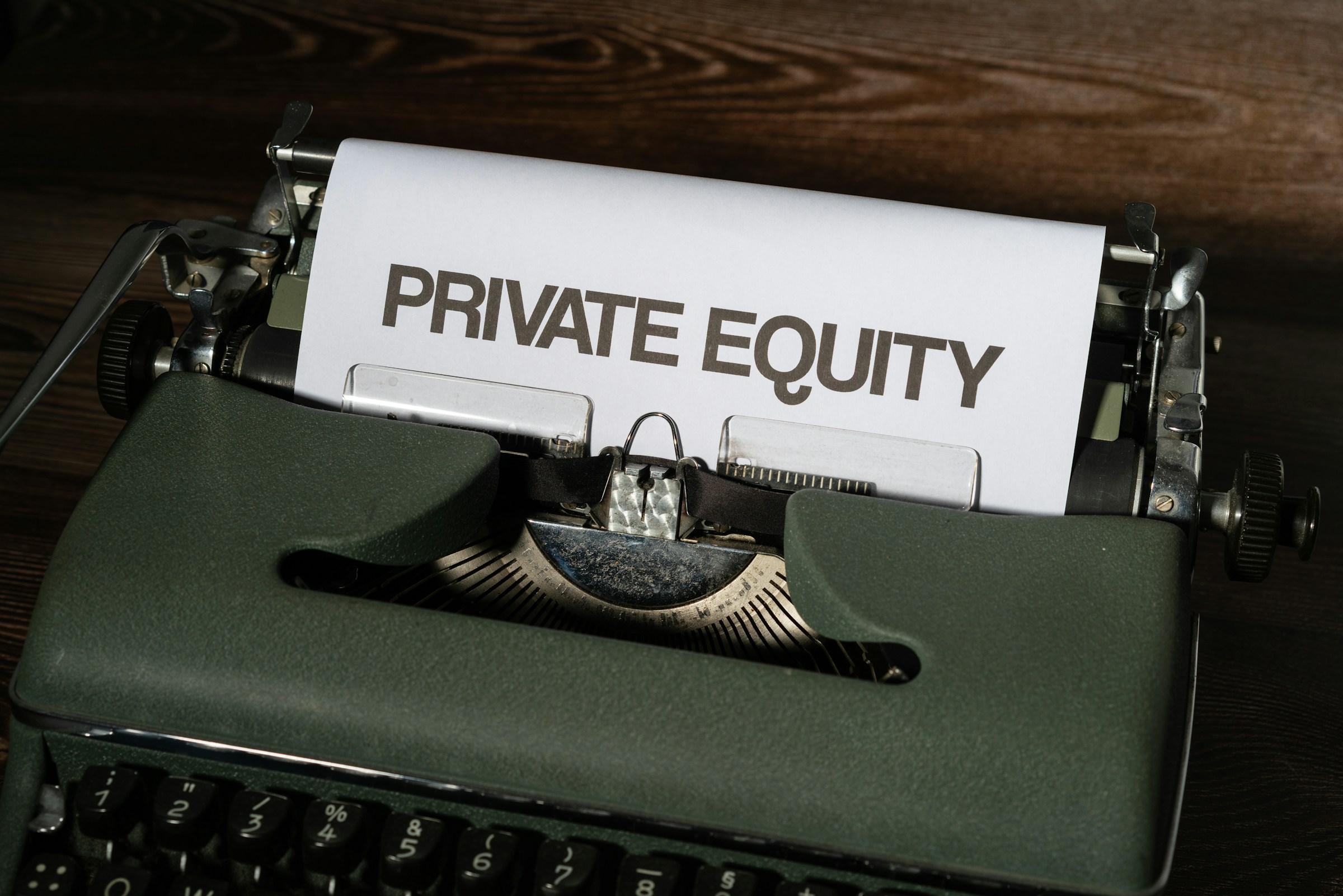For a long time, private equity felt like a different universe from your normal 401(k). Your plan offered index funds, a few active mutual funds, maybe company stock, and a target date fund. Meanwhile, private equity funds raised money from big institutions and ultra wealthy families and went hunting for deals that never showed up on public markets. That wall is starting to blur. Some 401(k) providers and asset managers now talk about adding a private equity sleeve inside target date funds or other diversified products. On paper, the pitch sounds attractive. Private equity is marketed as smarter, less noisy, and higher returning than plain public stocks. If your retirement account could get a slice of that upside, why not let it in.
The catch is that private equity is not just a new ticker on your menu. It is a different way of owning businesses, with different rules for liquidity, fees, transparency, and risk. When you let it into a 401(k) structure that was built around daily pricing and easy transfers, you change the character of your retirement money in ways that are not always obvious at first glance.
First, it is worth being clear about what private equity actually is in this context. You are not personally wiring money into a single high risk buyout fund. In most mainstream 401(k) settings, private equity would appear as a small allocation inside a diversified fund. The fund might own public equities, bonds, cash, and then a slice of private equity strategies on top. You would see one fund on your statement, not a menu of individual deal funds. That structure matters because it is the only way to make an illiquid, long lock up asset sit inside a system where people trade daily and change jobs frequently. The diversified fund handles the messy balance between investors who need liquidity and private holdings that cannot be sold quickly. From your side of the glass, it still looks like a single line item with a daily price.
So where might the upside come from. Private equity managers argue that they have more control over the companies they buy. They are not just trading in and out of stock. They take significant ownership, change leadership, refocus operations, and hold for several years before selling. If they are good at this playbook, they may grow underlying cash flow faster than the average public company. Over a full cycle, that could translate into higher returns for investors who are patient and diversified. There is also a diversification angle. Public markets only list a subset of companies. Many mid sized businesses, niche operators, and growth stage firms never go public or stay private for longer. A small allocation to private equity gives your 401(k) exposure to parts of the economy that do not show up in standard indexes yet still generate real earnings. If the public market is going through a long sluggish period, private companies in different sectors or regions might behave differently and smooth out your overall portfolio path.
That sounds great on a brochure. The problem is that every extra layer of complexity in finance has a habit of hiding cost. Private equity is famous for rich fee structures at the fund level. When a private equity sleeve sits inside a 401(k) vehicle, you have multiple layers of fees stacked together. There is the fee charged by the private equity manager, the fee charged by the overall fund manager, plus normal recordkeeping and plan costs. In a low interest world, investors tolerated stacked fees more easily. In an environment where simple index funds are cheap and accessible, every extra percentage point in fees cuts visibly into your compounding.
Fees also matter more because returns in private equity are uneven. The best funds may still justify their costs. The average or weaker ones may not. In a giant retirement platform, you do not get to handpick a top tier niche manager. You are relying on the plan and its asset management partners to choose and monitor the underlying strategies. If they get it wrong, you are still paying premium prices for possibly ordinary performance. Then there is the question of pricing. Your 401(k) dashboard is built on the idea that every fund has a daily price. You can log in at lunch, move from one fund to another, and see an updated value. Private equity does not behave like that in the real world. The underlying companies are not traded every second, so their values are estimated periodically. Those estimates are built from financial models, comparable company data, and recent transactions in similar businesses. They may be reasonable, but they are not the same as live market prices.
In practice, this means that your fund’s daily price is partly based on precise public market data and partly based on slower moving estimates for the private slice. During calm markets, that might not bother you. In a crisis, the difference becomes more obvious. Public holdings can drop fast and recover fast. Private holdings often seem smoother because their valuations are updated later. It can feel like they are protecting you from volatility, but sometimes it simply means the numbers have not caught up with reality yet. Liquidity is another quiet tradeoff. On paper, you can still shift money around inside your 401(k), and the plan sponsor is supposed to manage liquidity so you are not locked out. Under the hood, though, someone has to juggle cash flows, redemptions, and new contributions while part of the portfolio is tied up in multi year commitments. That complexity introduces operational risk. If markets get stressed and many participants want to de risk at once, the fund may need to gate certain changes, alter allocation targets, or rely heavily on credit lines. As a participant, you may not see all those details, but they shape how flexible your future choices really are.
At this point it is fair to ask who actually benefits most from bringing private equity into 401(k) plans. Plan sponsors and asset managers gain access to new products and fee streams. Private equity firms gain a huge pool of long term capital in addition to their institutional clients. Participants might gain if the strategies perform well and are integrated thoughtfully. But they also take on more complexity in a part of their financial life that many people already find confusing. From a planning perspective, the question is not whether private equity is good or bad. It is how it fits into your overall risk mix, time horizon, and fee tolerance. If you are in your twenties or thirties, long lockup risk is less scary because retirement is decades away. You are already a long term investor just by definition of how far away you are from drawing down your account. That means you can, in theory, tolerate more illiquidity if the payoff is worth it. But you also have plenty of time for simple, low fee index strategies to work quietly in your favor without any extra complication.
If you are closer to retirement, new illiquid allocations inside your default fund may feel less comfortable. Even if your plan keeps daily liquidity at the participant level, you may prefer instruments where pricing and mechanics are transparent and easy to explain. For many people, the main advantage of a 401(k) is that it is understandable enough to stick with. Anything that adds confusion can undermine that discipline.
There is also a behavioral angle. Private equity carries a certain mystique. If your plan starts including it, you might be tempted to chase that label because it feels more sophisticated or exclusive. That is not a great reason to choose an investment. The boring decision to keep contributing consistently into a diversified, low cost mix still does more for most retirement outcomes than adding a fancy strategy on the side. When you decide whether to embrace a private equity flavored target date fund, the question to ask is simple. Does this change my odds of a comfortable retirement after fees and risk, or is it mostly a story that sounds good.
So what can you do if your 401(k) begins offering private equity exposure. Start by reading the fund description carefully instead of reacting to the label. How big is the private allocation. Is it a small sleeve inside a broadly diversified fund or a major component. What are the total fees for the fund, not just the base management fee. How has the provider explained the role of private equity in the portfolio. Are they treating it as a return booster, a diversifier, or simply a marketing edge.
Next, zoom out from the product level to your actual life. How long until you realistically need to tap this money. How stable is your employment. Do you have emergency savings and other liquid investments outside your 401(k). The less cushion you have elsewhere, the more you rely on your retirement account feeling stable and predictable. In that case, adding complexity for a marginal potential gain might not be worth the cognitive and structural risk.
Finally, remember that 401(k) decisions do not need to be all or nothing. You can choose a default target date fund that includes private equity for part of your contributions while directing the rest into simple index funds if your plan allows it. You can also revisit your choice as the industry evolves, fees adjust, and more performance data emerges. What matters most is that you are intentional, not just dazzled by a new label.
Private equity in 401(k) plans sits at the intersection of innovation and complexity. It has the potential to open up new sources of return for everyday savers, but it also imports a more opaque, high fee corner of finance into a system that was designed to be simple and regulated tightly. For Gen Z and younger millennials, the smartest move is not to automatically reject it or embrace it. It is to treat it like any other tool in your wealth stack. Understand how it works, figure out who benefits, and only let it into your retirement plan if it genuinely supports your long term goals rather than just adding financial FOMO in a different costume.










.jpg&w=3840&q=75)


.jpg&w=3840&q=75)

